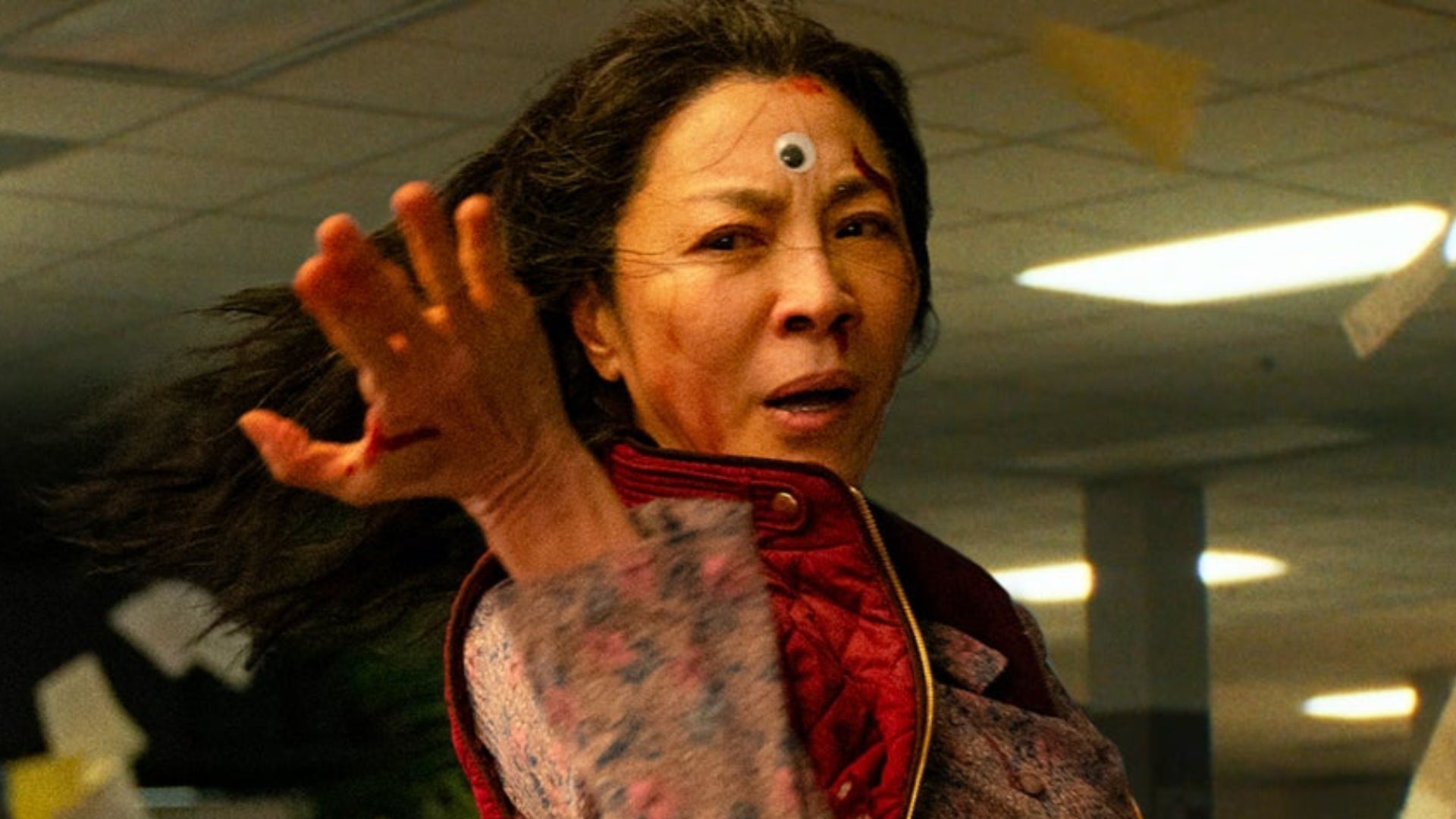
As some may know, May is Asian American and Pacific Islander Heritage Month in the United States. Although Asian Americans make up a little over seven percent of the United States population, Asian American is a diverse term encompassing Asian Americans from all kinds of cultures from over 24 countries, and that’s only including the ones officially counted by the United States census.
The history behind the term “Asian American” is complicated, and doesn’t do justice to such a diverse and varied group of people. But in the centuries since Asian immigrants first arrived in the United States, people from numerous countries have left an indelible mark on American culture.
If this list is short, that’s because Asian American art is still nascent. But if you want to look back on AAPI month and enjoy some great contributions to culture from AAPI artists, you can start with these.
A note before the list: we’ve done our best to highlight specifically Asian American media, which is distinct and unique from pop culture hits produced abroad, so don’t expect to see films like 2019’s Parasite – a brilliant South Korean movie, but not an Asian American one.
Everything Everywhere All at Once
One recent Academy Award-winning picture that is 100% Asian American is Everything Everywhere All at Once. Directed by Daniels, this gonzo, multiverse adventure combines mind-bending sci-fi with a defiant story centered around a Chinese Asian American family. While it drew mass acclaim thanks to its go-for-broke action and eye-popping visuals, the film grapples with heavy themes of immigration. The American Dream never materalized for the Wong family, and furthermore the film also portrayed the stress that can develop between parents and their first-generation children as a result of immigration.
It might be easy to think of Everything Everywhere All at Once of retreading common Asian American tropes like the strict mother, but the film is imbibed with nuance. Raymond Wong, in the award-winning turn from Ke Huy Quan, is the beating heart of the movie and grounds what could just be a sci-fi extravaganza – though it is that as well.
Life is Strange: True Colors
There are plenty of games featuring Asian characters, but consider for a moment how many you can name with Asian American characters. Chun-Li and Ryu might be recognizable icons within games, but they’re not part of the Asian American diaspora. While there’s still a ways to go until we see enough games with Asian American protagonists to fill a list, one recent standout is Life is Strange: True Colors, which stars Asian American heroine Alex Chen as she tries to uncover the mystery behind her brother’s death.
The writers behind Life is Strange: True Colors don’t make Alex’s Chinese ancestry a main part of her story, nor should they need to. Asian American characters are allowed to not bring up their heritage every five minutes, or have it factor into their lives at all if they choose. But her culture is there and ever-present, even if it’s not vocalized, and is especially present in scenes with her family.
Not every Asian American character needs to be a ninja or samurai. Sometimes they’re just a music nerd in Colorado who likes Radiohead.
Overwatch 2
Still, there’s nothing wrong with wanting to play as a ninja warrior. Overwatch 2 features playable heroes from several AAPI countries including Korea, Japan, Thailand, China, and India. I’m cheating a little bit as these characters aren’t quote-unquote Asian American, but the world of Overwatch is more inter-connected in a way our real-world is not, so it’s hard to say if there’s even such a thing as Asian American in the Overwatch universe.
Still, Blizzard has done a great job of not only including diverse Asian characters in the cast, but hiring appropriate voice actors and ensuring these characters’ backstories are nuanced and three-dimensional.
Moana
One of the better recent Disney movies, Moana stars a majority Polynesian cast paying homage to pacific island cultures. Disney consulted with an Oceanic Trust of antrhopologists, cultural practicioners, historians, and linguists from Samoa, Tahiti, Mo’orea, and Fiji to help develop the film and ensure it was as authentic as possible while still being a Disney film.
A banging soundtrack and a leading performance by Dwayne Johnson as the god Maui puts Moana a cut above the rest.
Turning Red
Turning Red is technically an Asian Canadian film from director Domee Shi. Set in 2002 Toronto, it centers on a young Chinese Canadian girl and her relationship with her mother who runs a temple in the city’s Chinatown. The film portrays a very different mother-daughter dynamic than the one featured in Everything Everywhere All at Once, further expanding on the representation that should be afforded to Asian American characters, but aren’t. Wheras Everything Everywhere All at Once’s relationship between mother-daughter could be defined by disappointment, in Turning Red, Meilin’s desire to have a normal, cool youth collides with her mother’s overprotectiveness in hilarious and heartfelt ways.
Oh and check out Shi’s previous Pixar short, Bao, too.
Fast and the Furious Franchise
A series with humble roots in Los Angeles car culture has become one of the biggest action franchises in the world, and features a surprising amount of AAPI goodness, but not in the ways you might think.
Firstly, the late Paul Walker was a huge fan of Japanese sports cars, and their inclusion in the series is in large part to his passion – so much so it led to the third entry, Fast and Furious: Tokyo Drift, which introduced Han Lue into the family.
As far as AAPI characters go, there’s only Han, a character so beloved in Tokyo Drift the film franchise literally bent its own timeline to include more Han in the series. And then, later, simply revived him to keep the good times rolling.
Fast and Furious is hardly an AAPI franchise, but its achievements for AAPI pop-culture can be measured by the Asian American creatives behind the camera. Justin Lin and James Wan both helmed major installments of the franchise, and some would argue, the best entries including Fast Five and Furious 7. While on-screen representation is the most visible, Fast and Furious helped pave the way for Asian American directors to start tackling blockbuster productions like Star Trek and Aquaman.
As we wrap up AAPI Heritage Month, consider checking out some of these titles as a way to celebrate all the contributions to pop-culture from AAPI creators and artists.
Also See: 14 of the best TV shows by Asian creators you should watch on Netflix from Mashable. And, if you haven’t watched season one of Beef yet, where Steven Yeun and Ali Wong give career-best performances playing angry, lost souls who transform one another’s lives, you need to get on that right this minute.
Matt T.M. Kim is IGN’s Senior Features Editor. You can reach him @lawoftd.
























